Have you ever seen the beautiful, trumpet-shaped flower of a Calla Lily and considered planting them outside? Calla lilies are an elegant addition to any outdoor garden – and with proper care, they can survive in many climates. In this blog post, we will answer your burning question: can you plant calla lilies outside? We’ll provide tips on how to choose the right variety of Calla Lilies for your climate and offer advice to ensure that these delightful flowers thrive! So if you want gorgeous blooms next year in your garden – read on!
Calla Lilies
Calla Lilies, or Zantedeschia, are perennial plants characterized by their vibrant colors, exotic charm, and graceful silhouette. Originally native to the African continent, these flowers have captivated botanists and garden enthusiasts alike, with their elegant beauty and distinctive trumpet-shaped blooms. [1] Their versatile nature allows them to adapt to a variety of climates and conditions, making them a popular choice among gardening aficionados globally. Let’s delve deeper into understanding how to cultivate these alluring flowers outdoors.
Characteristics & Types
Calla lilies are unique due to their single petal, technically known as a spathe, which spirals open to reveal a yellow spadix – a spike that contains tiny flowers. Their color palette ranges widely, with the most common hues being white, yellow, pink, red, and even deep purple. They typically grow to a height of 1 to 3 feet, making them suitable for both pot culture and garden beds. Their leaves are large and arrow-shaped, often with white or silver speckles.
There are several types of Calla Lilies to choose from depending on your garden’s aesthetic or climate:
- Zantedeschia aethiopica: Often referred to as the common Calla Lily, these are best suited for cooler climates. They bear large white blooms and are most commonly used for wedding bouquets.
- Zantedeschia elliottiana: This type is known for its golden yellow flowers and is best suited to warmer climates. The broad, dark green leaves often have white spots, adding to their appeal. [2]
- Zantedeschia rehmannii: Distinguished by its slender and elongated pink flowers, this variant is versatile and can adapt to both warm and cold climates.
- Zantedeschia albomaculata: Known for their speckled leaves and white flowers, these are most comfortable in cooler climates and can add variety to a garden.
- Zantedeschia odessa: This hybrid variety features deep black flowers that are a sight to behold. They are best suited for warmer climates and are a sure way to make your garden stand out.
Each variety of Calla Lily brings its own unique look and feel to a garden, and understanding their different characteristics can aid in choosing the one that will thrive in your outdoor space.
Popularity Calla Lilies as outdoor decoration
Calla Lilies have gained significant popularity as outdoor decorations due to their elegance and versatility. Their trumpet-shaped blooms add a touch of exotic charm, while their wide range of colors allows for a stunning burst of vibrancy in any garden. The beauty of these flowers lies not just in their striking appearance but also in their adaptability. They can thrive in various climates, making them a favorite among garden enthusiasts worldwide. Furthermore, they can be planted in garden beds, used in border displays, or potted for patio decoration, providing numerous options for garden design. Their aesthetic appeal combined with their hardiness makes them an ideal choice for outdoor decoration, transforming spaces into captivating floral displays.
Considerations Before Planting Calla Lilies Outside
Before choosing to plant Calla Lilies outdoors, there are several important considerations to keep in mind. First, while these flowers are versatile and can survive in a variety of climates, they are sensitive to extreme temperatures. They thrive best in regions with moderate temperatures and struggle in areas that are too hot or too cold. However, with appropriate care and attention, they can still do well in less-than-ideal conditions.
Second, Calla Lilies prefer well-drained soil. Overly saturated soil can lead to root rot, a problem that can quickly kill your plants. They also prefer a slightly acidic pH, ideally between 6.0 and 6.5. [3]
Third, these flowers need plenty of sunlight. A spot that receives direct sunlight for at least half of the day is ideal. However, if you live in a particularly hot area, it may be beneficial to provide some shade during the hottest part of the day to protect the flowers from scorching.
Finally, remember that while Calla Lilies are beautiful and relatively easy to care for, they are also toxic if ingested. If you have small children or pets who might be tempted to taste the plants, you might want to think twice before planting them in an easily accessible area.
By considering these factors and properly preparing your garden, you’ll greatly increase your chances of successfully growing Calla Lilies outdoors.
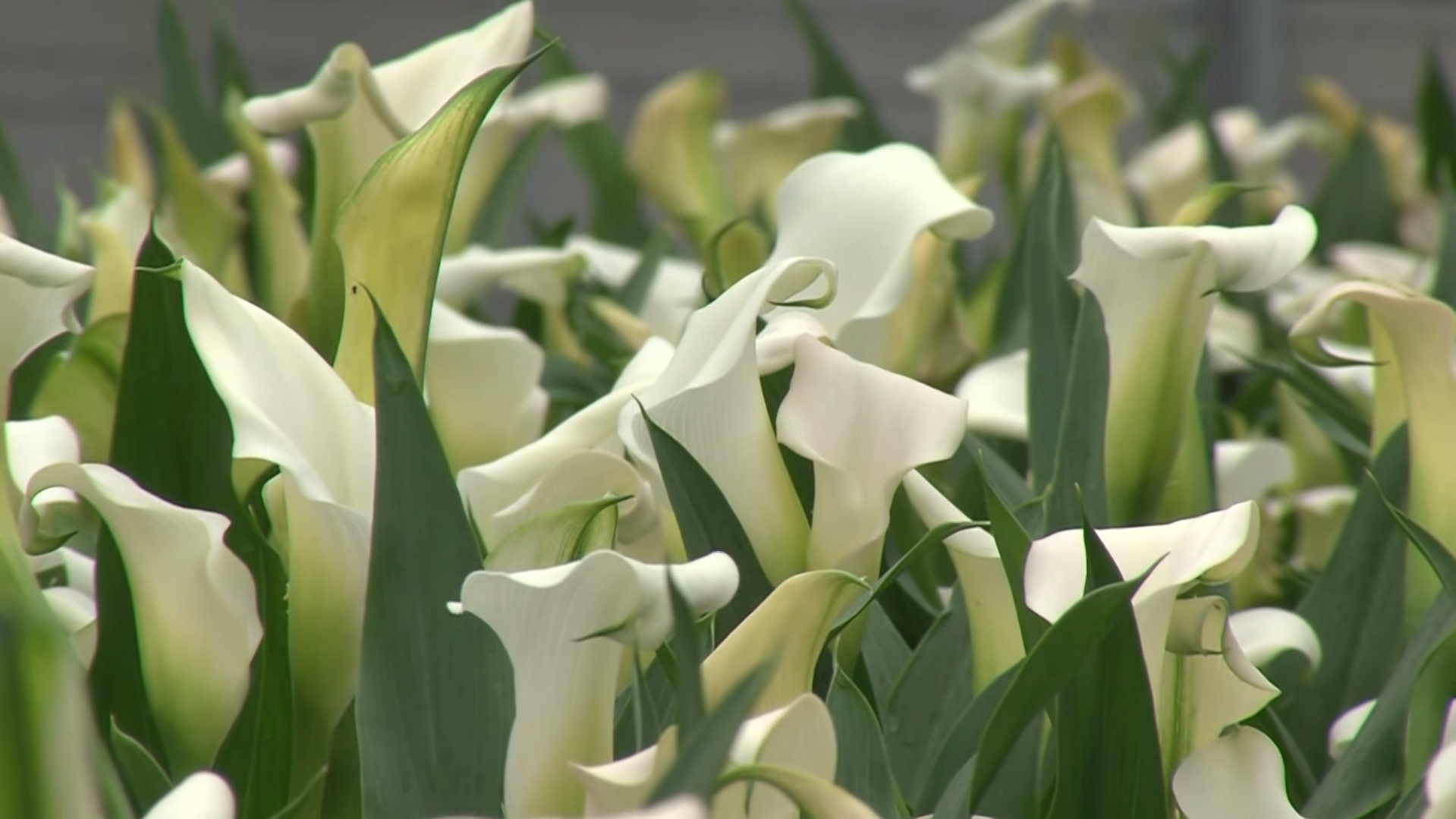
Steps to Successfully Plant Calla Lilies Outside
Before we dive into the process of planting Calla Lilies outside, let’s briefly review the steps involved. From selecting the ideal location, and preparing the soil, to understanding the right planting techniques, each stage is crucial for ensuring your flowers thrive in their new outdoor environment. So, whether you’re a seasoned gardener or a novice, this guide aims to equip you with all the necessary information to successfully cultivate these vibrant blooms in your garden. Let’s get started!
Timing and Season
Timing is a crucial factor when planting Calla Lilies outdoors. These flowers have a specific growth cycle and need to be planted at the right time to ensure they bloom beautifully. This cycle begins in spring, with the emergence of leaves and flowers, followed by a period of growth throughout the summer, and culminates in the autumn when the plant enters a dormant state for the winter. Given this cycle, the ideal time to plant Calla Lilies outdoors is in early spring.
The temperature during this period is moderate, which is ideal for these flowers. Overly cold temperatures can damage the bulbs, delaying or even preventing germination, while excessively hot temperatures can cause the flowers to wilt. Hence, it is crucial to closely monitor the weather conditions in your region and confirm that all risks of frost have dissipated before initiating the planting process.
In terms of daylight, flowers need a lot of light but they also appreciate some shade during the hottest part of the day. Therefore, the length of the day in the planting season should be considered. Longer spring and summer days provide the ideal conditions, allowing the plants to receive the light they need to grow while also giving them some respite from the afternoon heat.
Location Selection
A well-chosen location is another crucial element in successfully growing Calla Lilies outdoors. When selecting the ideal spot in your garden, there are a few key factors to consider.
Firstly, as mentioned previously, Calla Lilies require plenty of sunlight. Therefore, the location should receive full sun for at least half of the day. A spot that receives morning sunlight and some afternoon shade is ideal. This helps to provide the necessary light for growth while also protecting the plants from the intensity of the midday sun. If you live in a particularly hot area, choosing a location with some afternoon shade could be beneficial.
Secondly, consider the exposure of the location. Although Calla Lilies are generally resilient, they might encounter difficulties in locations that face strong winds or intense rainfall. A somewhat sheltered spot, perhaps near a wall or hedge, could offer some protection from intense weather conditions.
The location selection process might require a bit of time and effort, but it is well worth it. By choosing the right spot for your Calla Lilies, you’re setting the stage for a thriving, vibrant garden display. With the right amount of sunlight, appropriate soil conditions, and a touch of consideration for exposure, your Calla Lilies will surely flourish.
Soil Preparation
Soil plays a significant role in the health and growth of these plants. This part of the process should not be overlooked, as the right soil conditions increase the chances of your flowers flourishing. Calla Lilies thrive in soil that contains ample organic matter and drains well.
Flowers thrive best in soil with a pH range of 6.0 to 6.5, favoring a slightly acidic environment. [3] You can use a soil pH test kit to assess the pH level of your garden soil. If the soil is too alkaline, add sulfur or peat moss to lower the pH. If it’s too acidic, adding lime or wood ash can help raise the pH.
Next, consider the depth and space of the bulbs. Calla Lily bulbs should be planted about 4 inches deep and spaced approximately 12 inches apart. This space allows for root development and ensures that the plants have ample room to grow without crowding each other.
Lastly, the soil should be prepared for planting. This involves tilling or turning over the soil to a depth of 12 to 15 inches and mixing in a 2- to 4-inch layer of compost or well-rotted manure. This not only enhances the soil’s fertility but also improves its structure, promoting better water retention and drainage.
Planting Technique
Now that you’ve selected the perfect location and prepare your soil, it’s time for planting. Begin by digging a hole roughly 4 inches deep, using a trowel or bulb planter. Set the Calla Lily bulb in the hole with the pointed side facing upwards. This is the growth point from which the sprout will emerge. Fill the hole back in with soil, covering the bulb completely.
Remember, patience is key in gardening. With the right care and conditions, your Calla Lilies should start to sprout within a few weeks, and you can look forward to their elegant blooms in due course.
Watering and Mulching
Watering and mulching are two important steps in caring for your Calla Lilies. Proper watering and mulching can help ensure the plants receive adequate water, stay free of weeds, and remain healthy throughout the season.
When it comes to watering, regular and consistent moisture is best. Aim to water your plants at least twice a week or whenever the top two inches of soil have dried out. This helps to keep the bulbs cool and prevent too much moisture from evaporating. Be sure not to overwater, as this can cause rotting.
Following these simple steps with care and dedication will ensure a successful growing season for your plants—and beautiful blooms in due course.
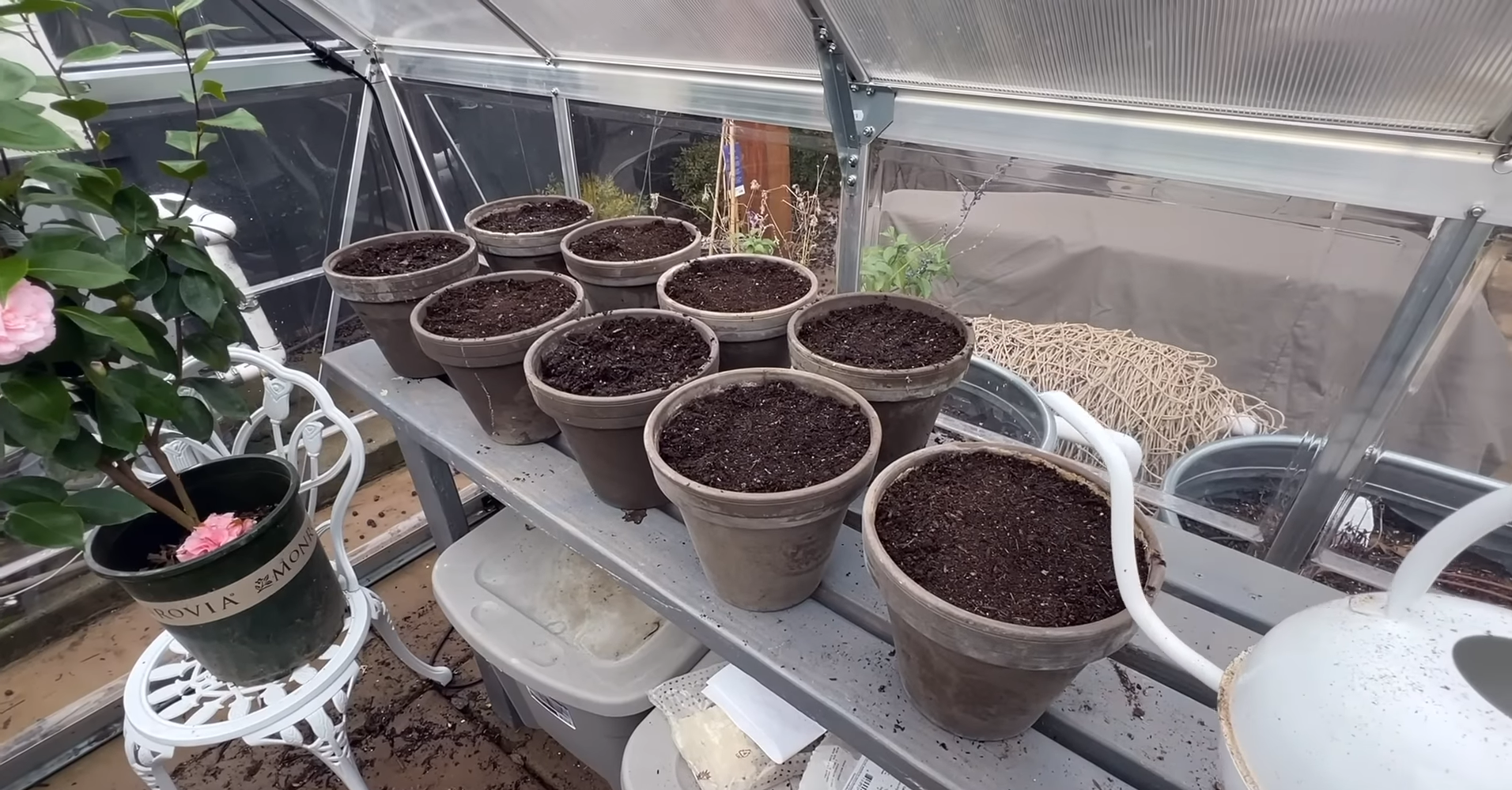
Caring for Outdoor Calla Lilies
Maintaining the health and beauty of your outdoor Calla Lilies involves a few key steps:
- Regular Watering: Maintain a consistent watering schedule to keep the soil moist, but not soggy. Overwatering can lead to root rot.
- Mulching: Apply a layer of natural mulch around the plants to conserve water, regulate soil temperature, and suppress weed growth.
- Proper Spacing: Ensure your Calla Lily bulbs are spaced approximately 12 inches apart to allow for optimal growth and prevent overcrowding.
- Soil Quality: Ensure the soil is well-draining and rich in organic matter. Amend the soil with compost or well-rotted manure as necessary.
- Suitable pH: The soil pH should be slightly acidic, between 6.0 and 6.5. Adjust the pH with sulfur or lime as needed.
By following these tips, you can ensure your Calla Lilies are given the best possible conditions to thrive and bloom beautifully.
Decorative Ideas for Home and Garden
With their elegant blooms and lush foliage, Calla Lilies can serve as a charming addition to your home and garden. Here are a few decorative ideas:
- Container Gardening: Calla Lilies grow well in pots, making them a versatile choice for patios, balconies, or indoor spaces. Choose a container with good drainage and plant a single bulb for a minimalist touch or multiple bulbs for a lush display.
- Mixed Borders: Plant Calla Lilies in your flower borders alongside perennials like hostas and ferns for an appealing mix of textures and colors. Their slender, graceful stems can add height and elegance to your border plantings.
- Cut Flowers: Calla Lilies make excellent cut flowers, with their blooms lasting for up to two weeks in a vase. They can add a touch of elegance to any room in your home.
- Water Gardens: Calla Lilies can thrive in wet conditions, making them an excellent choice for water gardens or ponds.
Remember, wherever you choose to display your Calla Lilies, ensure they receive adequate sunlight, water, and care to keep them looking their best.
Frequently Asked Questions
Can a Calla Lily survive outside?
Yes, Calla Lilies can survive outdoors provided they are given the right care and conditions. They thrive best in USDA hardiness zones 8-10, where the temperatures are mild and frost is rare. In colder regions, the bulbs need to be dug up in the fall and stored indoors until the threat of frost has passed in the spring. Make sure they are planted in well-draining soil and get plenty of sunlight. Regular watering and mulching can also help keep them healthy and bloom beautifully.
Do Calla Lilies come back every year?
Yes, Calla Lilies are perennials, meaning they can come back year after year. In warmer climates (USDA hardiness zones 8-10), they can be left in the ground over winter and will naturally begin growing in the spring. For colder climates, it’s necessary to dig up the bulbs before the first frost, store them indoors during winter, and replant them in the spring. With appropriate care, these beautiful flowers can grace your garden with their presence for many years.
Where do you put Calla Lilies outside?
Calla Lilies should be planted outside in a location with well-draining soil and ample sunlight, as these conditions encourage the plants to produce their iconic blooms. They are best situated in a part of the garden that receives at least six hours of sunlight each day, although they will tolerate partial shade (a little less light), especially in hotter climates. A spot near a south or west-facing wall or fence can often provide the perfect combination of sunlight and shelter.
If the soil in your garden is heavy clay, which drains poorly, consider amending it with organic matter, such as compost or well-rotted manure, to improve its texture and drainage. Alternatively, you might choose to plant your Calla Lilies in raised beds or containers filled with a well-draining potting mix.
Do Calla Lilies grow better in pots or on the ground?
Calla Lilies can thrive in both pots and ground, given the right conditions. Pots offer control over soil quality and make it easier to bring the plants indoors during colder seasons. This is particularly useful in regions not within the USDA hardiness zones 8-10. However, ground planting allows for more spreading and natural growth. It’s essential to ensure well-draining soil and adequate sunlight whether you choose to plant your Calla Lilies in pots or in the ground. The decision largely depends on individual gardening preferences and climate conditions.
Useful Video: How do you care for a calla lily outside?
Conclusion
Planting calla lilies outdoors can add a delightful burst of color and texture to any garden. Despite being native to Africa, these elegant flowers can thrive in colder climates with appropriate care and planting techniques. Knowing when and how to plant them is essential for a successful outdoor calla lily garden. If you are looking for an eye-catching addition to your outdoor space, then consider planting beautiful calla lilies this season! With a few tips from experienced gardeners, you could be well on your way to having an amazing outdoor display featuring these popular flowers. Don’t forget their incredible sweet scent- it is sure to bring a whole new level of beauty and tranquility to your yard or patio area this season. Whether planted in the ground or placed in containers, make sure you give your calla lilies the proper attention, water, and protection so that you can enjoy them all year long!
References:
- https://www.britannica.com/plant/calla
- https://www.gardenia.net/plant/zantedeschia-elliottiana
- https://www.houseplantsexpert.com/growing-calla-lilly-plants.html





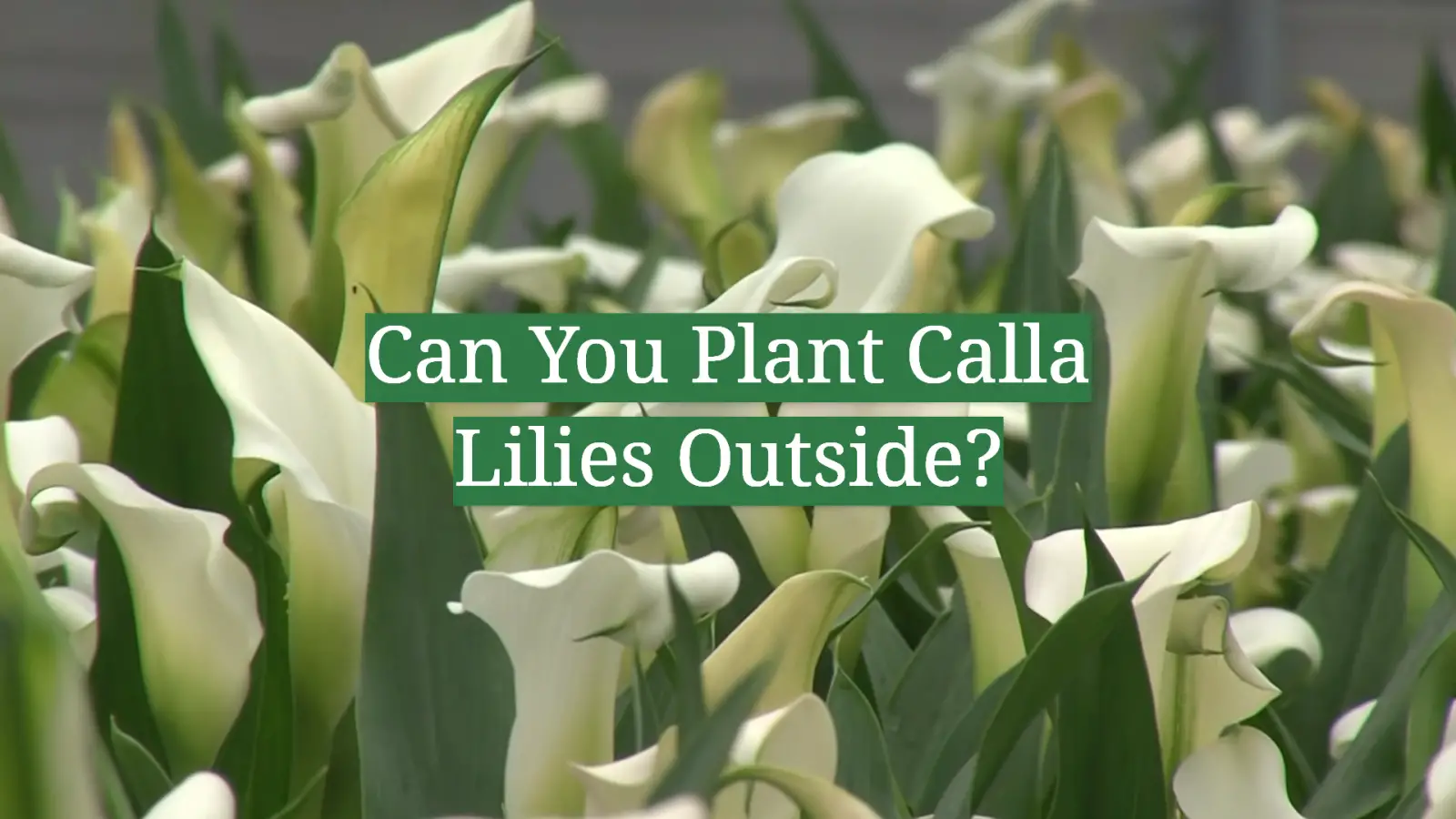
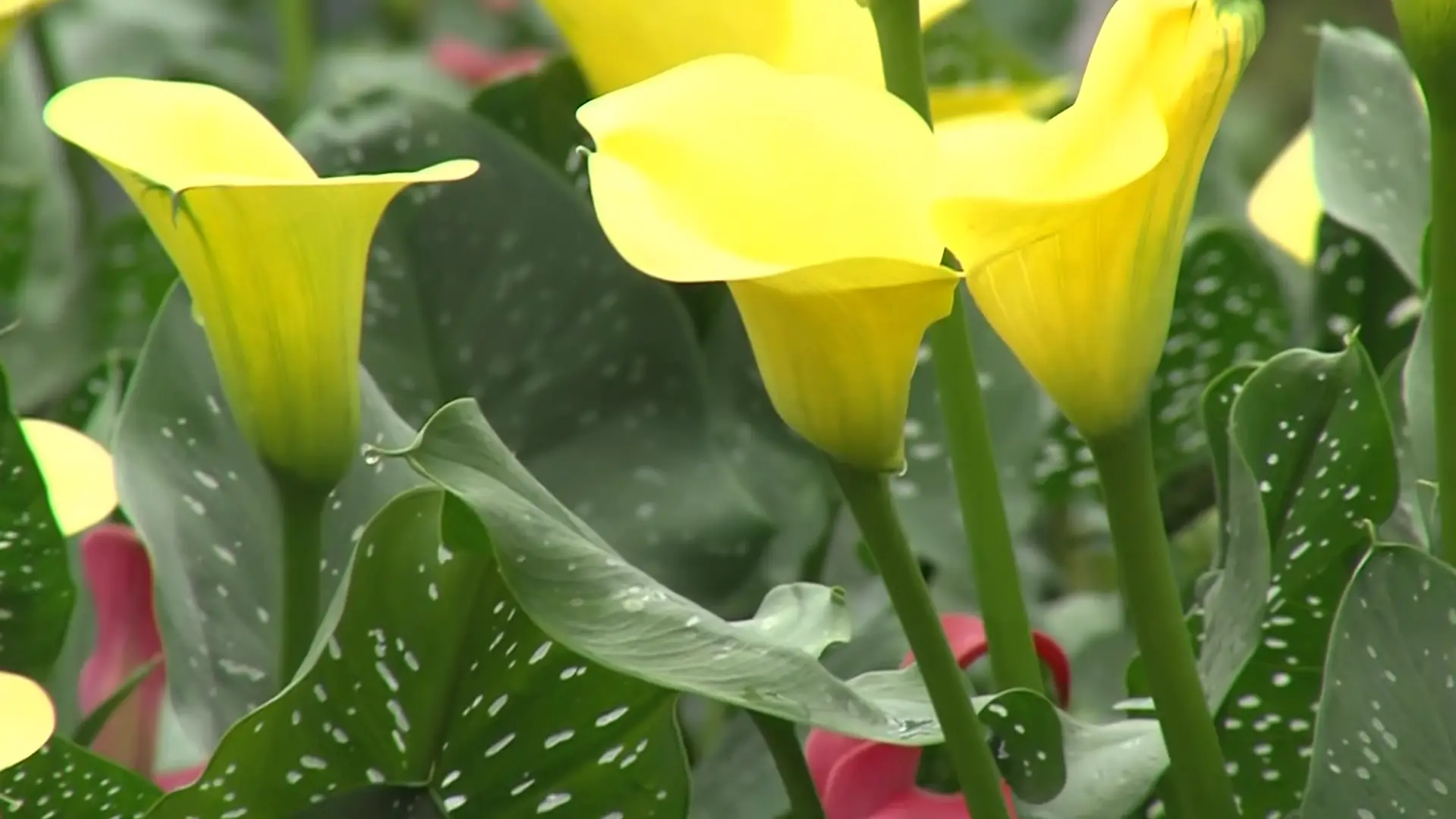
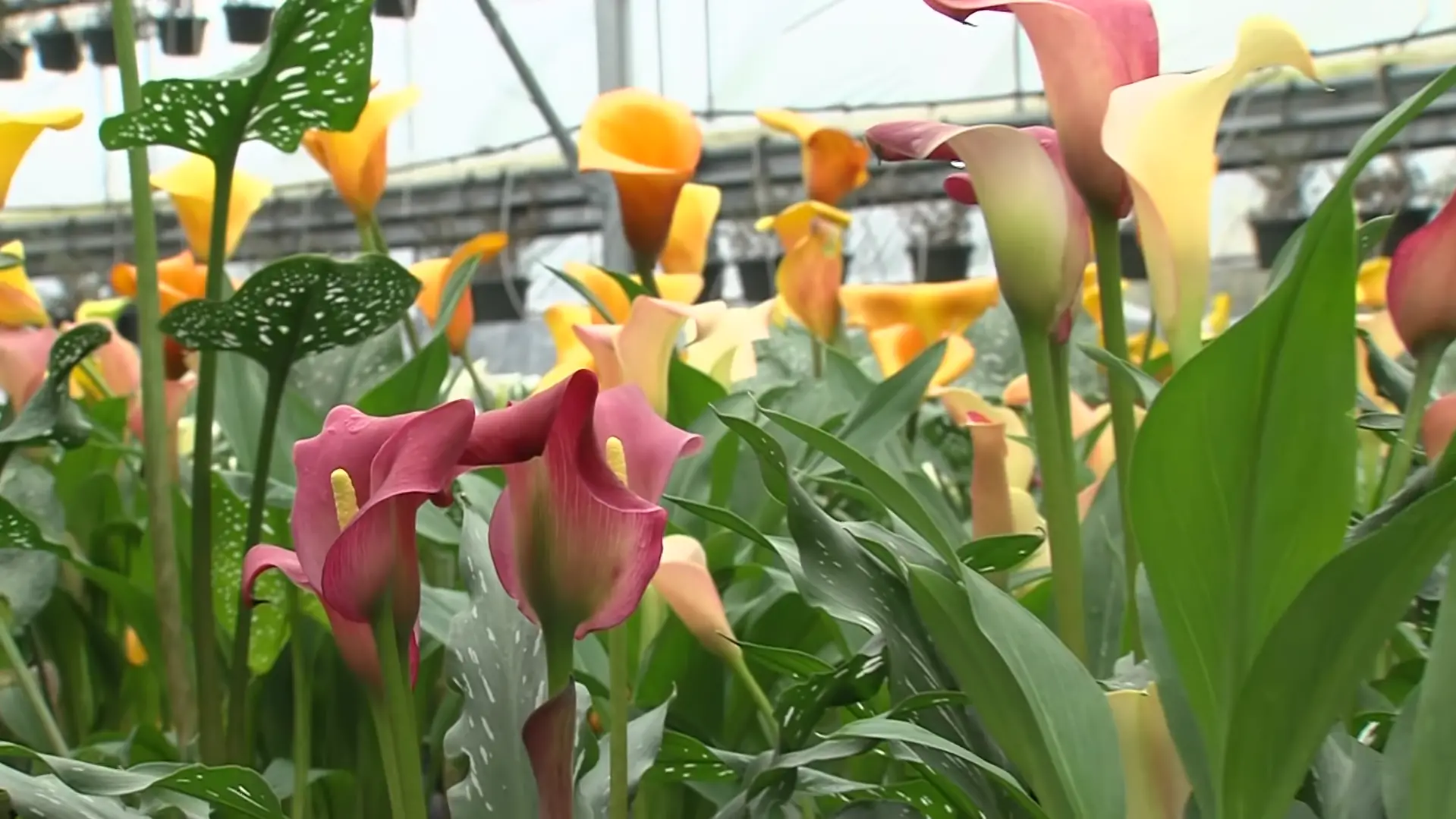
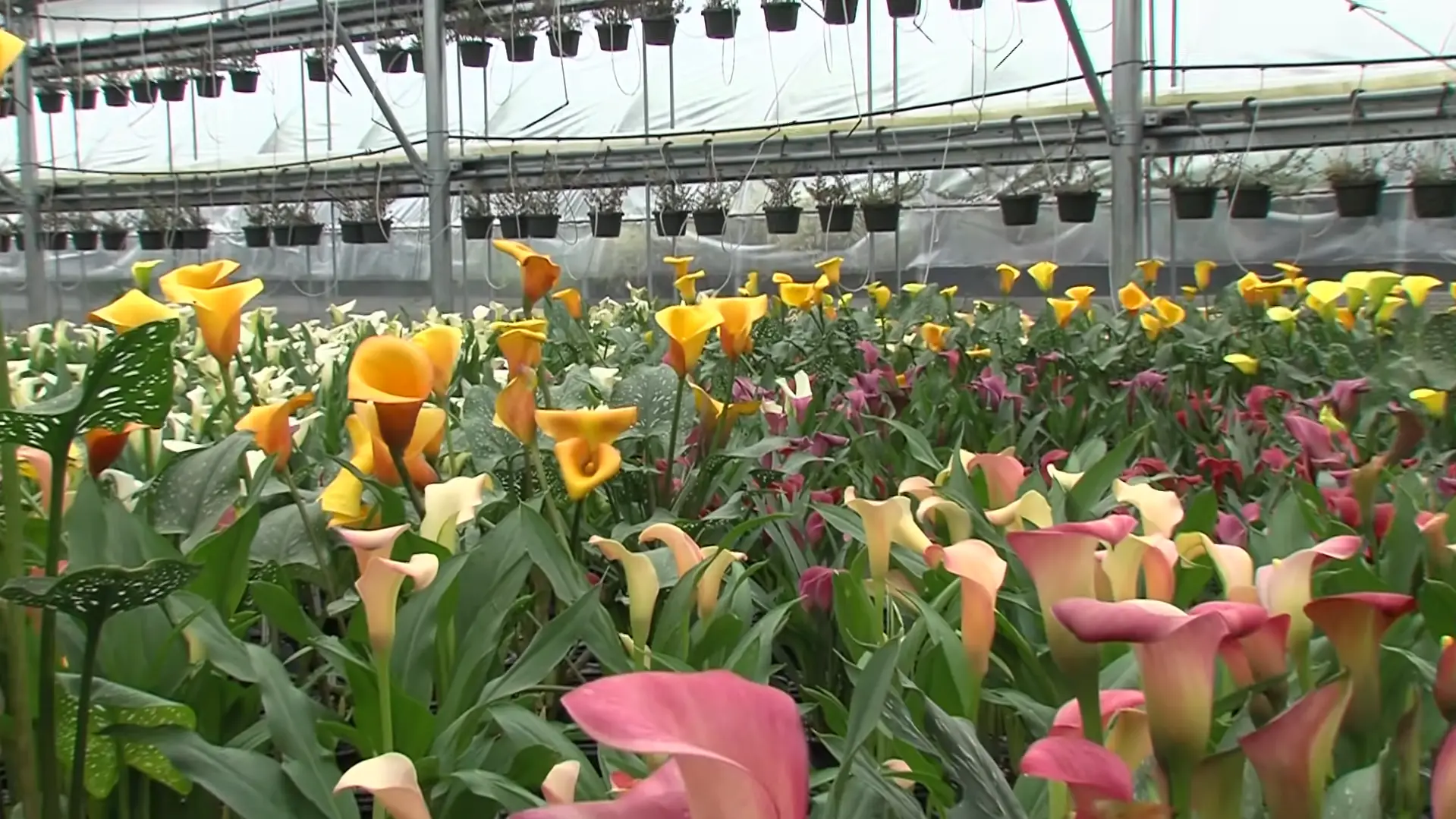
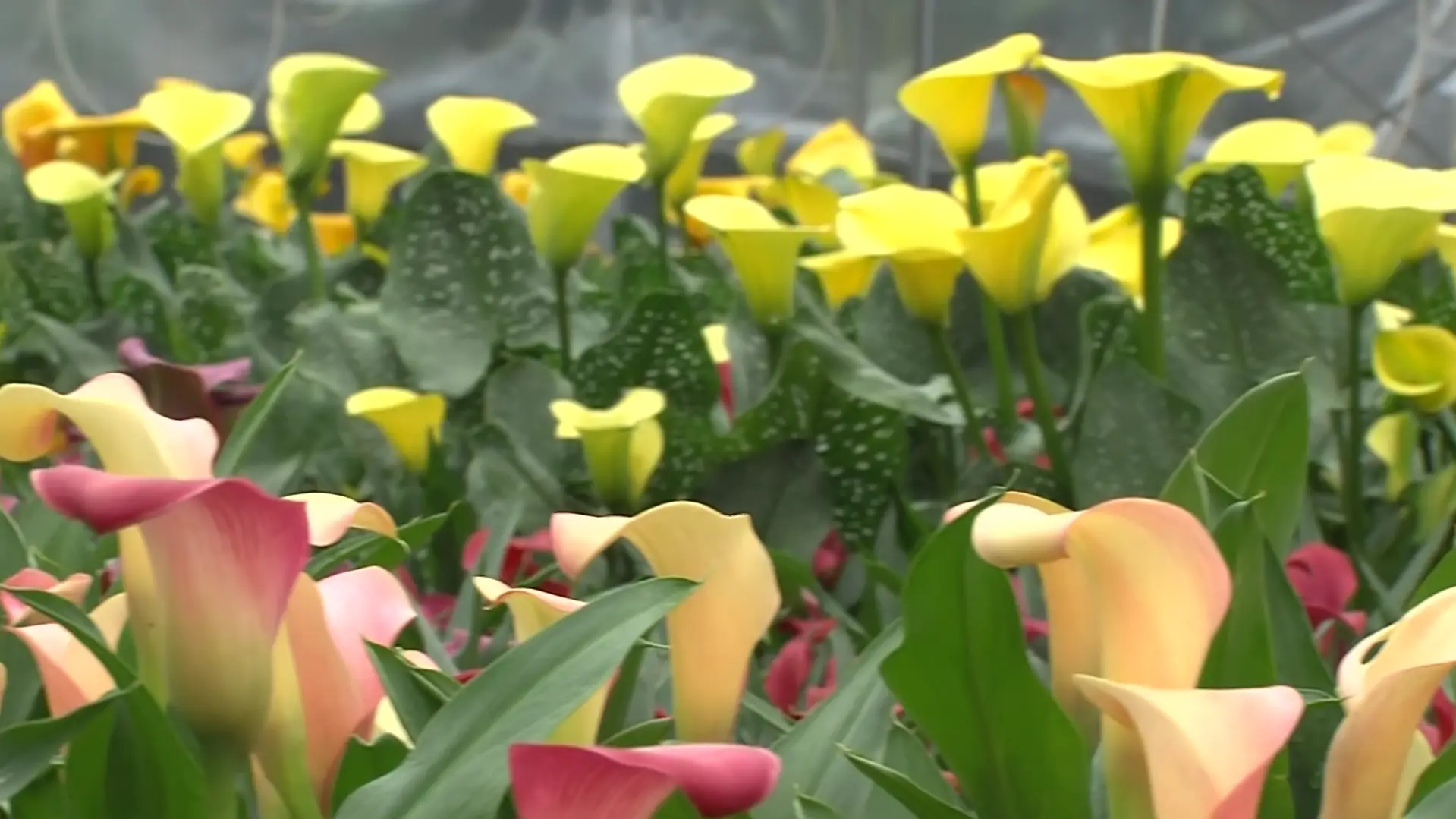




Leave a Reply
View Comments